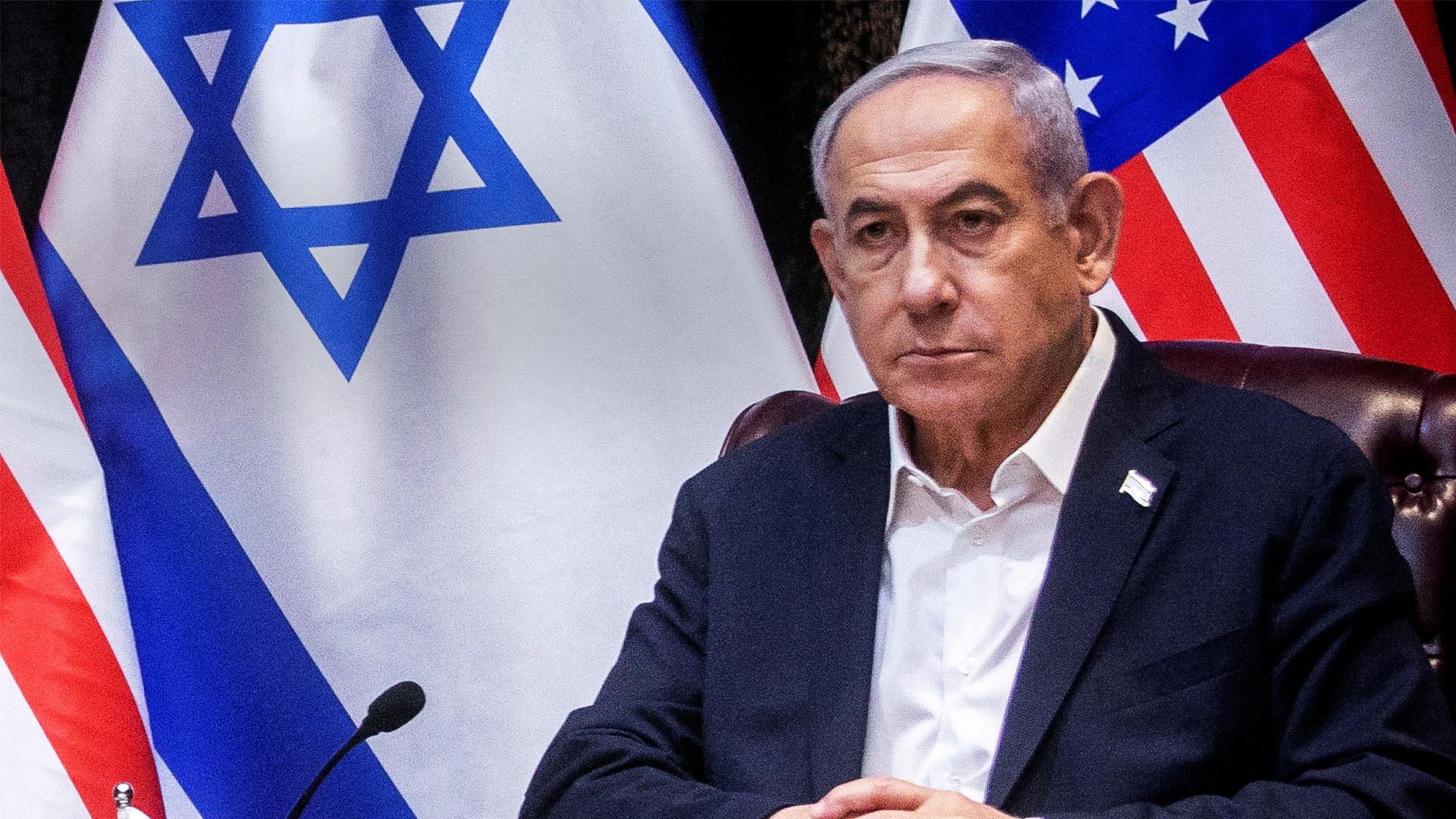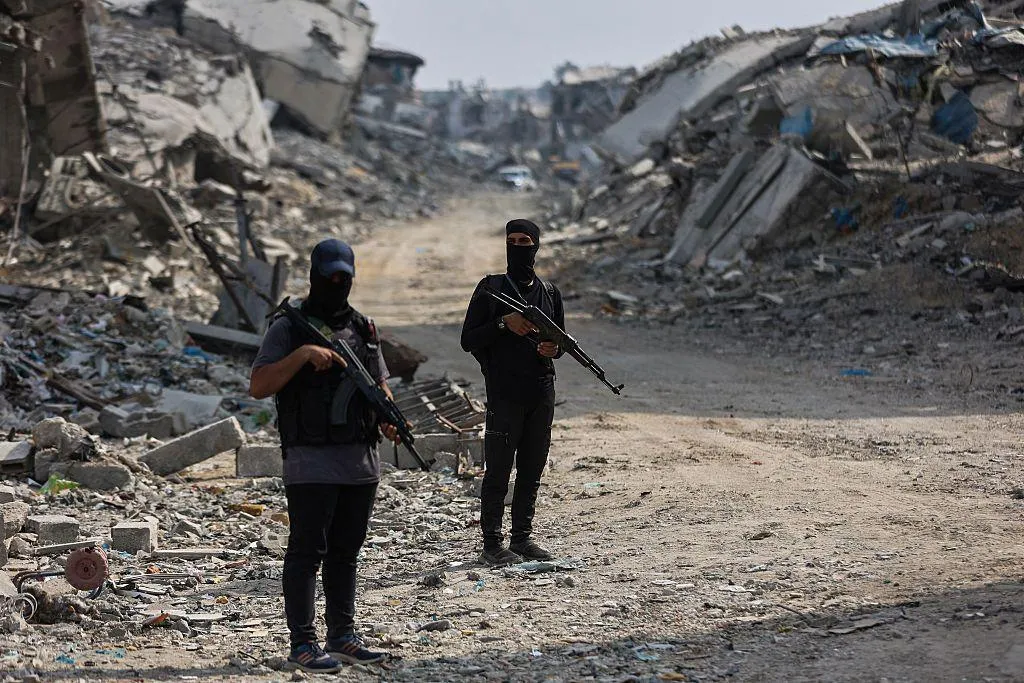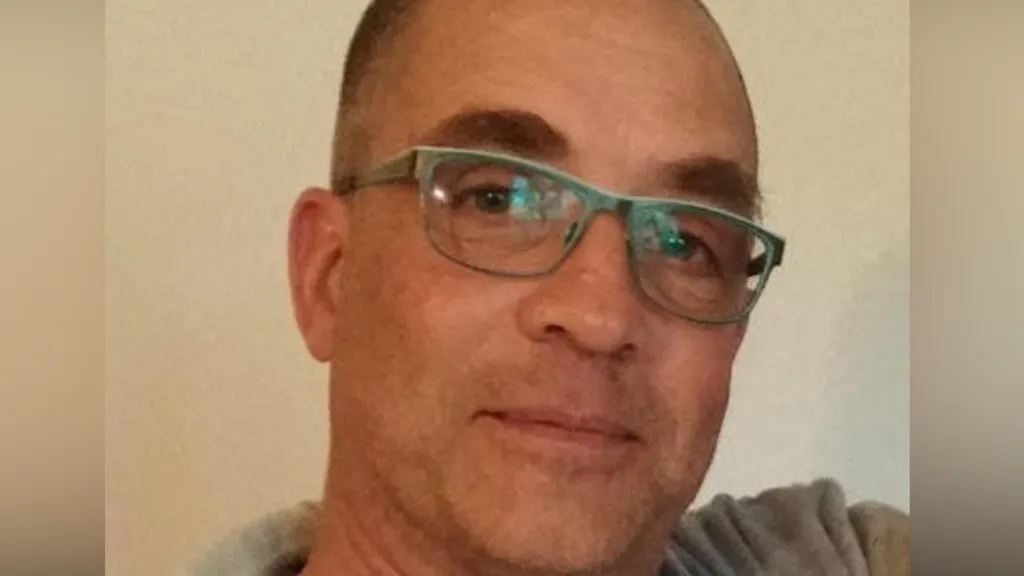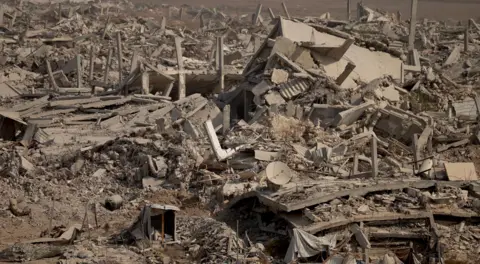Gaza
Israel Hell-bent on Sabotaging Trump’s Gaza Peace Plan

Paris (Imran Y. CHOUDHRY) :- Former Press Secretary to the President, Former Press Minister to the Embassy of Pakistan to France, Former MD, SRBC Mr. Qamar Bashir analysis : President Trump’s Gaza Peace Plan has reached a critical moment. Both Israel and Hamas accepted it in principle, but both have already begun to test its limits. The ceasefire meant to stop the killing, the exchange of hostages meant to build trust, and the delivery of humanitarian aid meant to heal the wounds of war are all being delayed or distorted. The President has warned that time is running out, declaring with characteristic clarity that “time is of the essence, or massive bloodshed will follow.” His words now hang like a warning over every side that tries to play for advantage rather than peace.
In Gaza, the ceasefire has not brought calm. Instead of an unconditional pause to allow food, medicine, and relief into a starving land, Prime Minister Benjamin Netanyahu has linked every lull in fighting to the verified release of hostages. The sequence has been reversed: where aid was meant to come first, it is now held hostage to conditions. Even as Trump praised Israel’s “temporary halt” in bombing, the silence of the skies did not last long. The roar of jets and the thud of artillery soon returned. Crossings remain sealed, fuel is scarce, and trucks carrying flour and medicine are stuck behind barriers. The people of Gaza, already broken by war, are paying the price for a strategy that treats compassion as a bargaining chip.
Netanyahu’s government has also delayed the promised troop withdrawal. Instead of pulling back as the plan demands, Israeli forces have dug deeper into Gaza, creating buffer zones that extend control rather than reduce it. The plan called for a military drawdown in parallel with the arrival of international monitors. Yet what the world now sees looks less like withdrawal and more like consolidation. Within Israel’s ruling coalition, many regard the peace plan not as a step toward stability, but as a threat to years of expansionist ambition. A genuine truce, they fear, would force Israel to retreat from its newly secured zones, halt settlements, and eventually open the door to a Palestinian state — a vision utterly at odds with the idea of a “Greater Israel.”
Hamas, meanwhile, plays its own dangerous game. It has released some hostages but not all, offering gestures instead of commitments. It resists international monitoring and refuses to disarm fully, keeping its weapons hidden beneath Gaza’s ruins. Divided between its political negotiators abroad and its commanders trapped underground, Hamas sends mixed signals — one hand extended toward negotiation, the other still gripping a gun. Yet beneath the defiance lies exhaustion. Two years of relentless bombardment have shattered its infrastructure and leadership. The choice before it is stark: accept the peace plan as a path to survival or risk total annihilation. For Hamas, which has lost much of its command structure and morale, the plan offers a narrow corridor of escape, perhaps the last chance to save what remains of its movement and people.
In this sense, Israel and Hamas now stand on opposite slopes of the same mountain. Netanyahu fears that the peace plan could undo his long-cherished project of permanent dominance, while Hamas sees in it a possible lifeline. The plan’s success could mean the end of Israeli expansionism, the slowing of settlements, and the creation of a monitored Palestinian administration under international supervision — outcomes that threaten Israel’s far-right coalition. For Hamas, by contrast, successful implementation could spare its fighters from destruction and allow a gradual political reintegration through regional diplomacy. If Israel’s fear is loss of territory, Hamas’s fear is extinction.
Amid these conflicting motives stands Donald Trump, the architect of the plan and now its enforcer. He has been watching both sides closely, issuing warnings with unmistakable urgency. “Move fast,” he insists, “or massive bloodshed will follow.” He has reminded Netanyahu that the continuation of bombing could endanger U.S. strategic ties and warned Hamas that renewed attacks will bring devastating consequences. Unlike the peace brokers of the past, Trump has tied his own credibility to the plan’s survival, using both American influence and global pressure to hold the sides accountable.
The upcoming Monday meeting in Egypt will test whether this vigilance can translate into progress. Representatives from Israel, Hamas, and regional partners will gather to confirm whether the ceasefire is real, whether hostages and prisoners are being exchanged according to schedule, and whether humanitarian routes are open. If these benchmarks are met, the second phase will begin: Israeli withdrawal, deployment of international monitors, and establishment of a temporary technocratic administration in Gaza. If not, Trump may use economic and diplomatic pressure to penalize non-compliance, while Arab states may withhold reconstruction funding until good faith is proven. It will be a day that decides whether peace takes a step forward or collapses into another round of blame and bloodshed.
Yet the danger looms that if the plan fails, Israel will swiftly point the finger at Hamas and resume full-scale military operations. Its goal would be not just to defeat Hamas but to eliminate it completely, take permanent control of Gaza and the West Bank, and then pursue a broader territorial expansion toward the east. Such a move would plunge the entire region into crisis. The United Nations, the United States, and the Muslim world must remain alert to this possibility. No violation, no provocation, no act of resistance from the Palestinian side should provide Israel with the excuse it seeks to dismantle the plan. The world must make clear that the true spoiler of peace will not be allowed to hide behind false accusations.
If this truth reaches Washington, if the American Congress and public come to see that it is Israel — not Hamas — undermining the process, the political ground beneath Tel Aviv could shift. The U.S. might then be compelled to reconsider its unconditional aid and arms support, leaving Israel exposed to the isolation it fears most. Without American protection, Israel would face immense pressure from every direction — diplomatic, economic, and potentially military. The recent Iranian strike demonstrated the limits of Israeli power when left on its own. Should the wider Muslim world act in unison, Israel would have no choice but to retreat to its recognized borders and accept the peace it has long resisted.
The stakes are immense. For the Arab world, the peace plan offers a way to stabilize the region; for Europe, a chance to reclaim moral credibility; and for America, an opportunity to prove that fairness, not favoritism, defines its leadership. But if this chance is lost — if the plan is sabotaged through arrogance or deceit — the result will not simply be another failed negotiation, but the end of the last viable hope for Gaza’s survival. In the days ahead, compliance and defiance will determine not only the future of two peoples, but the credibility of the global order itself.
History will judge those who let this moment slip away. If Israel and Hamas honor their commitments, Gaza may rise from its ruins. If they continue to play for time, the window will close, and with it, the dream of peace. President Trump’s warning still echoes across the desert skies: time is short, and the blood of the innocent is running out. The world must decide — will it stand guard over peace, or watch it die?
Gaza
Hamas fighters trapped in tunnels present new obstacle to Gaza ceasefire progress

US President Donald Trump’s envoy and son-in-law, Jared Kushner, returned to Israel on Monday, as mediators face a new obstacle in their efforts to advance negotiations on the fragile Gaza ceasefire deal to the next and more complex phase.
Key sticking points remain unresolved, including Hamas’s disarmament, the reconstruction and future governance of Gaza, and the deployment of an international security force to the territory.
Without a timeline for the discussions, which are likely to require significant concessions from both Israel and Hamas, there are doubts that any progress can be achieved.
Another challenge has emerged recently, involving scores of Hamas fighters believed to be in tunnels beneath the southern city of Rafah behind the so-called “Yellow Line”, which marks the area under Israeli control.
Last week, US special envoy Steve Witkoff said an amnesty could be offered for fighters who laid down their arms, and that this could be a “model” for what Washington hoped to apply in the rest of Gaza.
Witkoff said 200 fighters were trapped, although this number has not been confirmed.
According to media reports, Kushner and the Israeli Prime Minister, Benjamin Netanyahu, discussed the issue during a meeting in Jerusalem on Monday.
Hamas has previously said the fighters will not surrender and demanded that they are given safe passage, which has so far been rejected by Israel.
An Israeli government spokeswoman said Netanyahu and Kushner had “discussed phase one, which we are currently still in, to bring our remaining hostages, and the future of phase two of this plan, which includes the disarming of Hamas, demilitarising Gaza, and ensuring Hamas will have no role in the future of Gaza ever again”.
The war in Gaza was triggered by the Hamas-led attack on southern Israel on 7 October 2023, when about 1,200 people were killed and 251 others were taken hostage.
Since then, more than 69,000 people have been killed by Israeli attacks in Gaza, according to the Hamas-run health ministry, whose figures the UN considers reliable.
The first phase of the ceasefire, which came into force last month, focused on halting the war, returning all hostages, and securing a surge in humanitarian aid into Gaza.
Twenty living hostages and the remains of 24 deceased captives have been released, with four bodies remaining in Gaza.
In return, Israel has freed 250 Palestinian prisoners from its jails and 1,718 detainees from Gaza who were being held without charge or trial. It has also handed over the remains of 315 Palestinians from Gaza.
Both Israel and Hamas have accused each other of violating the truce, with Israel saying Hamas has deliberately delayed the return of the remains of hostages and Hamas saying that Israel has killed at least 240 Palestinians and is restricting the entry of aid supplies.
Hamas has previously rejected disarmament, saying it would only do so once a Palestinian state has been established. Israel refuses any involvement in the governance of Gaza by the Western-backed Palestinian Authority, which is the body that governs parts of the occupied West Bank. Countries are reluctant to commit troops to the multinational force without clear goals, concerned that their soldiers might end up confronting fighters from Hamas and other Palestinian factions.
The Israeli military currently occupies 53% of Gaza’s territory and is expected to withdraw further in the next stage of the plan.
With no indication of imminent advances in the negotiations, a de-facto partition of Gaza between the area controlled by Israel and another ruled by Hamas was increasingly likely, sources told the Reuters news agency, with talks about reconstruction apparently likely to be limited to the Israel-controlled territory.
Arab countries have already expressed concerns that the current separation could become a permanent partition of Gaza.
The Trump plan does not include a pathway to Palestinian statehood – a concept which Israel rejects.
Gaza
Israel says body of Lior Rudaeff has been returned from Gaza

The Israeli military says it has identified a body handed over from Gaza as that of Israeli-Argentinian Lior Rudaeff.
The 61-year-old was killed while attempting to defend Nir Yitzhak kibbutz during the Hamas attack on southern Israel on 7 October 2023 and his body was taken to Gaza by the Palestinian Islamic Jihad (PIJ) armed group, the military said.
PIJ said the body was found on Friday in Khan Younis in southern Gaza.
Hamas has now returned all 20 living hostages and 23 out of 28 deceased hostages under the first phase of a ceasefire deal that started on 10 October. Four of the five dead hostages still in Gaza are Israelis and one is Thai.
Israel has criticised Hamas for not yet returning all the bodies. Hamas says it is hard to find them under rubble.
PIJ is an armed group allied with Hamas. It took part in the 7 October attack and previously held some Israeli hostages.
The Hostages and Missing Families Forum, a campaign group, welcomed the return.
“Lior’s return provides some measure of comfort to a family that has lived with agonising uncertainty and doubt for over two years,” it said in a statement. “We will not rest until the last hostage is brought home.”
During the first phase of the US-brokered ceasefire deal, Israel freed 250 Palestinian prisoners in its jails and 1,718 detainees from Gaza.
Israel has also handed over the bodies of 300 Palestinians in exchange for the bodies of the 20 Israeli hostages returned by Hamas, along with those of three foreign hostages – one of them Thai, one Nepalese and one Tanzanian.
The parties also agreed to an increase of aid to the Gaza Strip, a partial withdrawal of Israeli forces, and a halt to fighting, although violence has flared up as both sides accused one another of breaching the deal.
Israel launched air strikes after accusing Hamas fighters of killing two of its soldiers on 19 October and of killing another soldier on 28 October. Hamas said it was unaware of clashes in the area of the first incident and had no connection to the second attack.
Israeli military actions have killed at least 241 people since the start of the ceasefire, according to the Hamas-run health ministry, whose figures are seen by the UN as reliable.
The Israeli military launched a campaign in Gaza in response to the 7 October 2023 attack, in which Hamas-led gunmen killed about 1,200 people in southern Israel and took 251 others hostage. All but one of the dead hostages still in Gaza were abducted in the attack.
At least 69,169 people have been killed by Israeli attacks in Gaza since then, the health ministry reported.
Gaza
Inside Gaza, BBC sees total devastation after two years of war

From an embankment overlooking Gaza City, there’s no hiding what this war has done.
The Gaza of maps and memories is gone, replaced by a monochrome landscape of rubble stretching flat and still for 180 degrees, from Beit Hanoun on one side to Gaza City on the other.
Beyond the distant shapes of buildings still standing inside Gaza City, there’s almost nothing left to orient you here, or identify the neighbourhoods that once held tens of thousands of people.
This was one of the first areas Israeli ground troops entered in the early weeks of the war. Since then they have been back multiple times, as Hamas regrouped around its strongholds in the area.
Asked about the level of destruction in the area we visited, Israeli military spokesman Nadav Shoshani said it was “not a goal”.
“The goal is to combat terrorists. Almost every house had a tunnel shaft or was booby-trapped or had an RPG [rocket-propelled grenade] or sniper station,” he said.
“If you’re driving fast, within a minute you can be inside of a living room of an Israeli grandmother or child. That’s what happened on October 7.”
More than 1,100 people were killed in the Hamas attacks on Israel on 7 October 2023, and 251 others taken hostage.
Since then, more than 68,000 Gazans have been killed, according to the Hamas-run Health Ministry there.
The bodies of several hostages had been found in this area, Lt Col Shoshani said, including that of Itay Chen, returned to Israel by Hamas this week. Searches are continuing for the missing bodies of another seven hostages.
The Israeli military base we travelled to is a few hundred metres from the yellow line – the temporary boundary set out in US President Donald Trump’s peace plan, which divides the areas of Gaza still controlled by Israeli forces from the areas controlled by Hamas.
Israel’s army has been gradually marking out the yellow line with blocks on the ground, as a warning to both Hamas fighters and civilians.
There are no demarcations along this part of the line yet – a soldier points it out to me, taking bearings from a small patch of sand between the grey crumbs of demolished buildings.
The ceasefire is almost a month old, but Israeli forces say they are still fighting Hamas gunmen along the yellow line “almost every day”. The piles of bronze-coloured bullet casings mark the firing points on the embankments facing Gaza City.
Hamas has accused Israel of violating the ceasefire “hundreds of times”, and Gaza’s Hamas-run Health Ministry says more than 240 people have been killed as a result.
Col Shoshani said that Israeli forces were committed to the US-led peace plan, but that they would also make sure that Hamas no longer posed a threat to Israeli civilians, and would stay as long as necessary.
“It’s very clear to everyone that Hamas is armed and trying to control Gaza,” he said. “This is something that will be worked out, but we’re far from that.”

The next stage of the US-led plan requires Hamas to disarm and hand over power to a Palestinian committee overseen by international figures including President Trump.
But rather than give up its power and weapons, Col Shoshani said, Hamas was doing the opposite.
“Hamas is trying to arm itself, trying to assert dominance, assert control over Gaza,” he told me. “It’s killing people in broad daylight, to terrorise civilians and make sure they understand who is boss in Gaza. We hope this agreement is enough pressure to make sure Hamas disarms.”
Israeli forces showed us a map of the tunnels they said that soldiers had found beneath the rubble we saw – “a vast network of tunnels, almost like spider’s web” they said – some already destroyed, some still intact, and some they were still searching for.
What happens in the next stage of this peace deal is unclear.
The agreement has left Gaza in a tense limbo. Washington knows how fragile the situation is – the ceasefire has faltered twice already.
The US is pushing hard to move on from this volatile stand-off to a more durable peace. It has sent a draft resolution to UN Security Council members, seen by the BBC, which outlines a two-year mandate for an international stabilisation force to take over Gaza’s security and disarm Hamas.
But details of this next stage of the deal are thin: it’s not clear which countries would send troops to secure Gaza ahead of Hamas disarmament, when Israel’s troops will withdraw, or how the members of Gaza’s new technocratic administration will be appointed.
President Trump has outlined his vision of Gaza as a futuristic Middle Eastern hub, built with foreign investment. It’s a far cry from where Gaza is today.
Largely destroyed by Israel, and seen as an investment by Trump, the question is not just who can stop the fighting, but how much say Gazans will have in the future of their communities and lands.
-

 Europe News9 months ago
Europe News9 months agoChaos and unproven theories surround Tates’ release from Romania
-

 American News9 months ago
American News9 months agoTrump Expels Zelensky from the White House
-

 American News9 months ago
American News9 months agoTrump expands exemptions from Canada and Mexico tariffs
-

 American News9 months ago
American News9 months agoZelensky bruised but upbeat after diplomatic whirlwind
-

 Art & Culture9 months ago
Art & Culture9 months agoThe Indian film showing the bride’s ‘humiliation’ in arranged marriage
-

 Art & Culture9 months ago
Art & Culture9 months agoInternational Agriculture Exhibition held in Paris
-

 Pakistan News5 months ago
Pakistan News5 months agoComprehensive Analysis Report-The Faranian National Conference on Maritime Affairs-By Kashif Firaz Ahmed
-

 Politics9 months ago
Politics9 months agoUS cuts send South Africa’s HIV treatment ‘off a cliff’


















